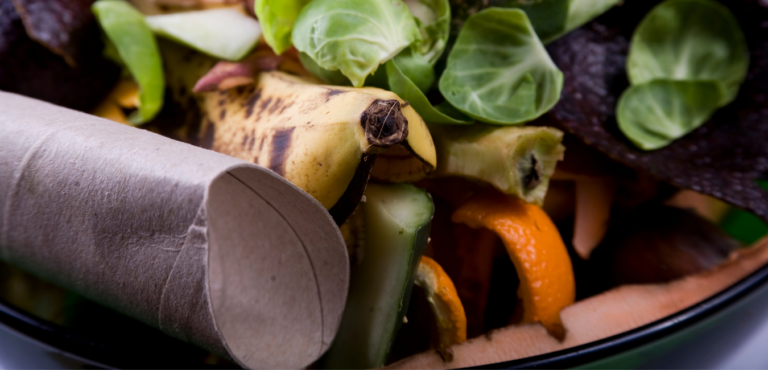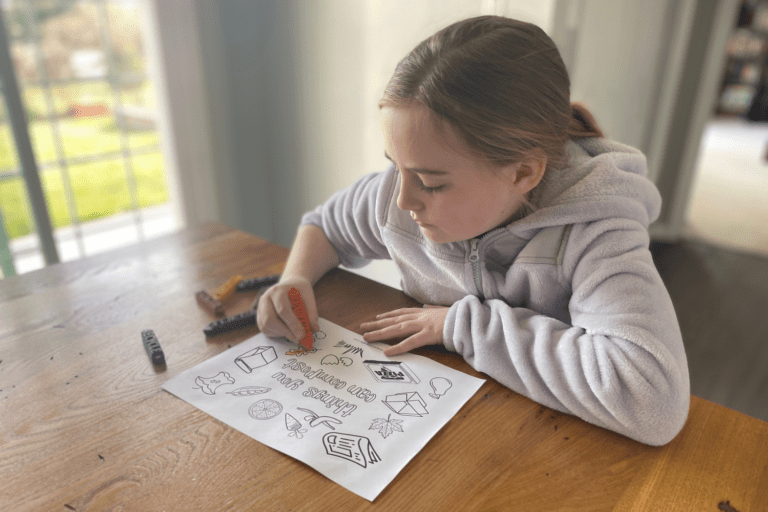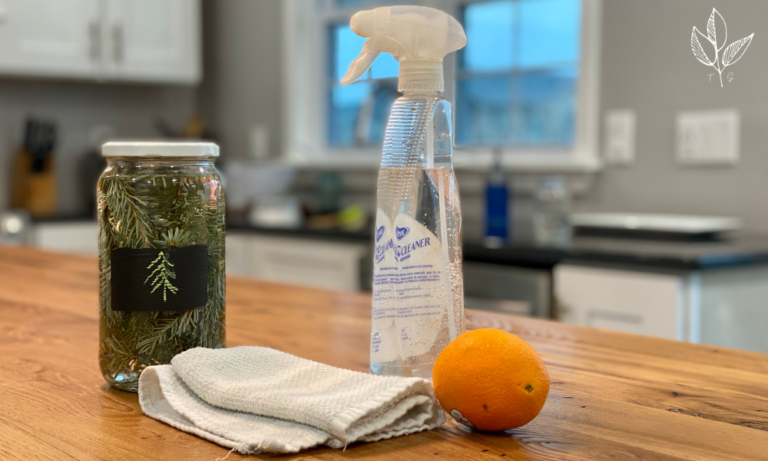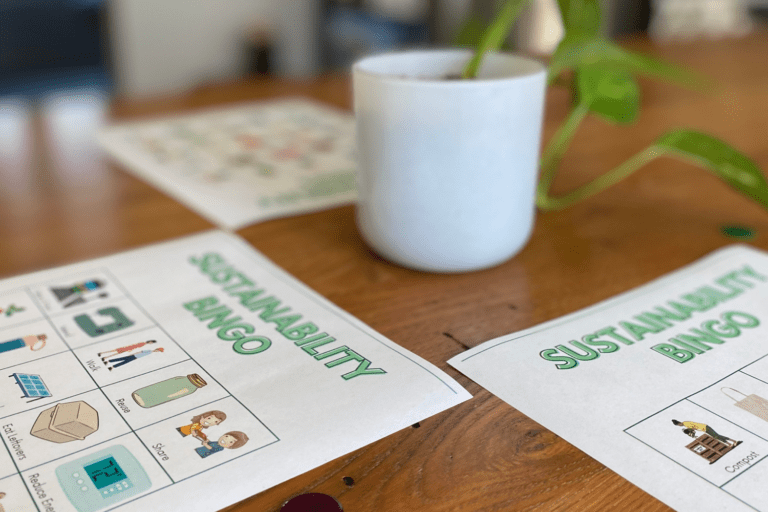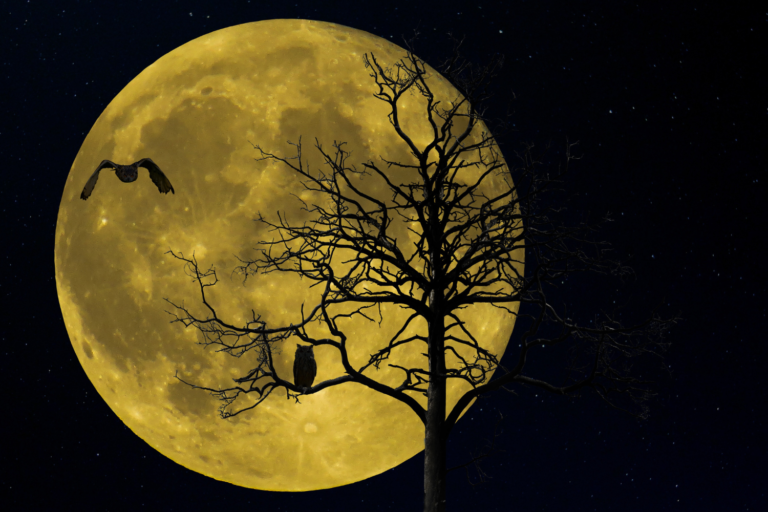How to Visualize Photosynthesis: A Simple Science Experiment
Looking for a science experiment that visualizes how photosynthesis works? Check out this simple outdoor science project that requires very few materials and can be done at home or school!
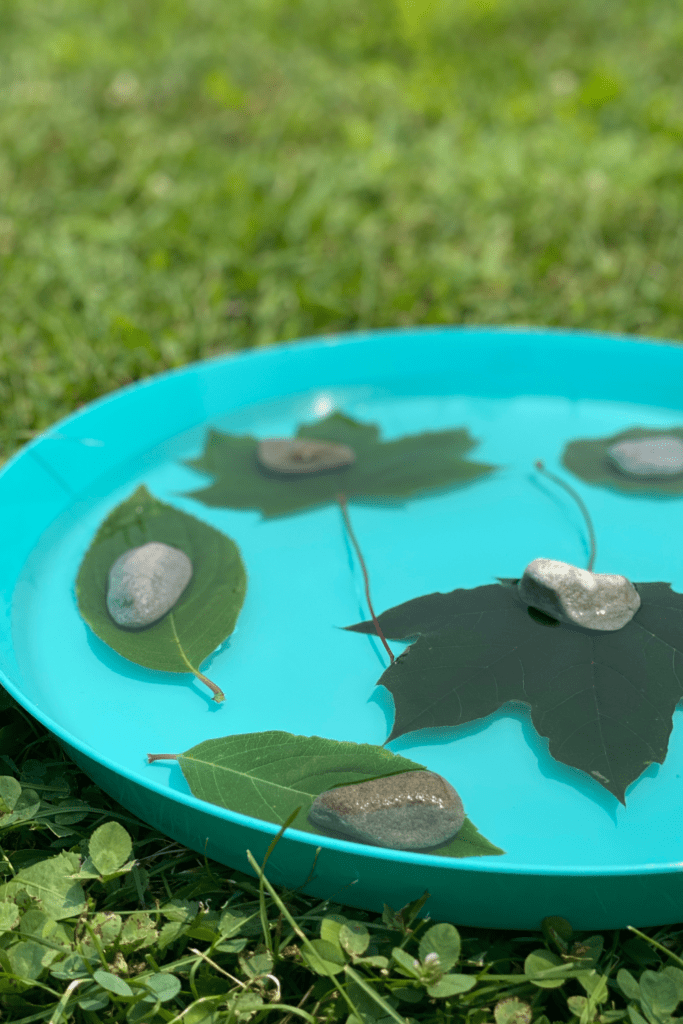
Introducing kids to the process of photosynthesis can be tricky, as this complex chemical process isn’t easily seen; it just kind of “happens” all around us, all the time. The idea that a living organism takes one type of gas from the atmosphere and, with the help of water and sunlight, makes an entirely new type of gas that is essential to our survival, along with food for itself seems almost magical. When looking for a way to help my kids understand how plants perform photosynthesis, I stumbled upon an easy and free experiment that allows them to see the oxygen gas created by green plants.
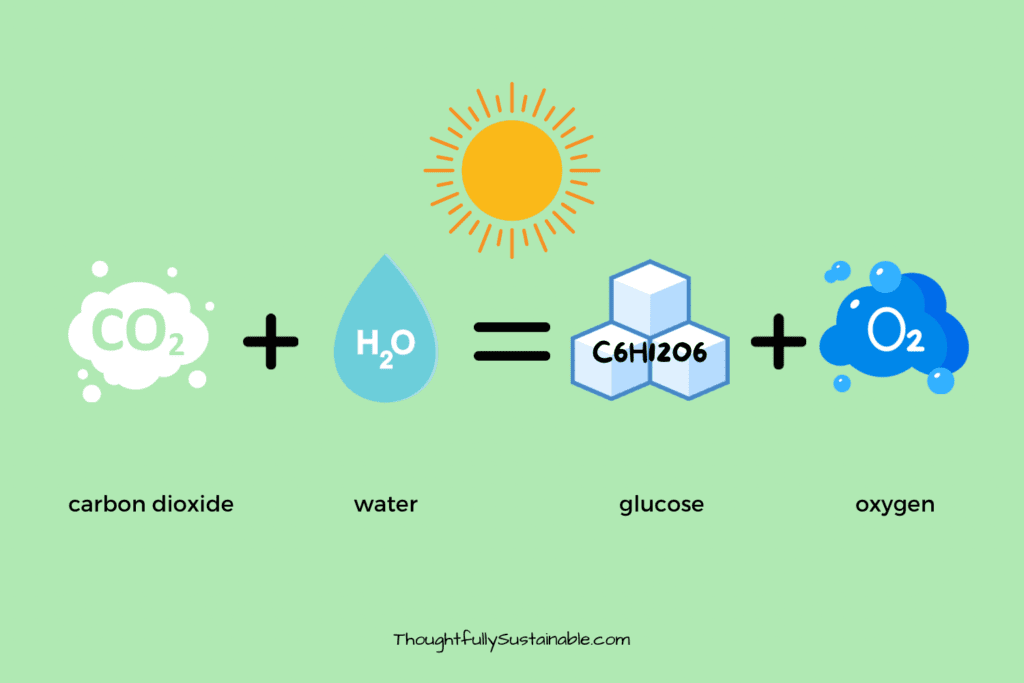

What is Photosynthesis?
Photosynthesis is the process by which green plants, algae, and some bacteria convert light energy from the sun into chemical energy in the form of glucose (sugar). It is a complex series of chemical reactions that take place in specialized organelles called chloroplasts, which contain the pigment chlorophyll.
During photosynthesis, carbon dioxide (CO2) from the atmosphere and water (H2O) from the soil is combined with light energy to produce glucose and oxygen (O2). This process is essential for life on Earth, as it provides the basis for the food chain and produces the oxygen we breathe.
What is the Chemical Equation for Photosynthesis?
The overall balanced chemical equation for photosynthesis is:
6 CO2+ 6 H2O + light energy → C6H12O6 + 6 O2
where CO2 is carbon dioxide, H2O is water, C6H12O6 is glucose, and O2 is oxygen.
The coefficients in front of each chemical formula give us a bit more information about the “recipe” needed to produce food for the photosynthesizing organism. It takes 6 molecules of carbon dioxide combined with 6 molecules of water in the presence of sunlight to create 1 molecule of glucose and 6 molecules of oxygen.
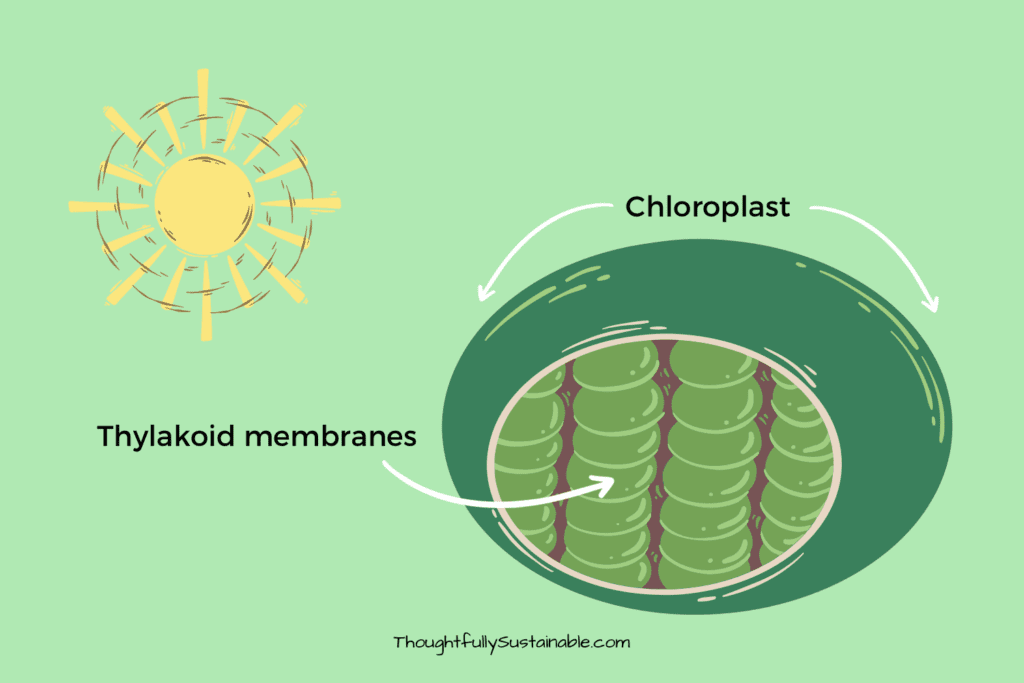

How Does Photosynthesis Work?
As in most things in science, the process of photosynthesis can be described in even more detail than the general balanced equation shown above. Photosynthesis is a complex process that occurs in two main stages: light-dependent reactions and light-independent reactions (also known as the Calvin cycle). Typically this level of detail wouldn’t be taught to students until high school level biology. Here’s a brief overview of how photosynthesis works in more detail:
Light-dependent reactions:
The first stage of photosynthesis occurs in the thylakoid membrane of the chloroplasts, where light energy is absorbed by chlorophyll and other pigments. This light energy is used to create high-energy molecules such as ATP (adenosine triphosphate) and NADPH (nicotinamide adenine dinucleotide phosphate), which are needed for the second stage of photosynthesis.
Light-independent reactions (Calvin cycle):
The second stage of photosynthesis occurs in the stroma of the chloroplasts, where carbon dioxide is fixed into organic molecules such as glucose. This process is known as the Calvin cycle and requires the ATP and NADPH produced in the first stage. In the Calvin cycle, carbon dioxide molecules are combined with molecules of the 5-carbon sugar ribulose bisphosphate (RuBP) to form an unstable 6-carbon molecule. This molecule is then broken down into two molecules of a 3-carbon sugar, which can be used to create glucose and other organic molecules.
Overall, photosynthesis is a complex biochemical process that converts light energy into chemical energy, producing oxygen and organic molecules as byproducts.
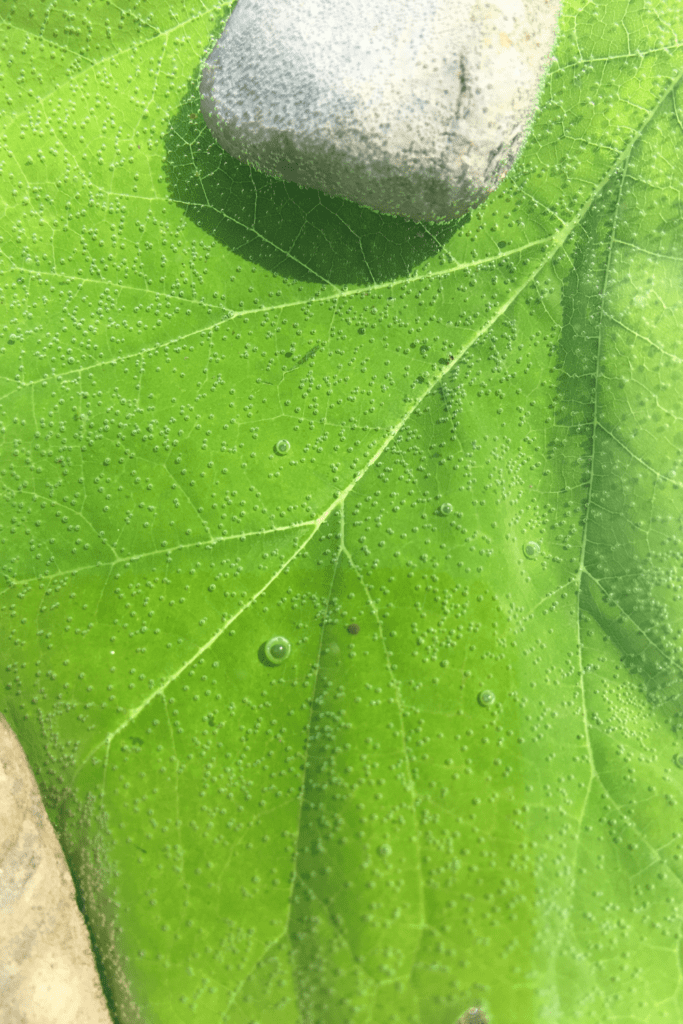

What Types of Organisms Use Photosynthesis?
Photosynthesis is used by a wide range of organisms to produce food. The most well-known photosynthetic organisms are green plants, which use chlorophyll to convert light energy into glucose. However, many other types of organisms use photosynthesis as a source of food, including:
- Algae: These are a diverse group of photosynthetic organisms that can be found in a wide range of environments, including freshwater, marine, and terrestrial habitats. They come in a variety of shapes and sizes, ranging from single-celled organisms to large, multicellular seaweeds.
- Cyanobacteria: These are a group of photosynthetic bacteria that are capable of fixing nitrogen from the atmosphere. They are often found in aquatic environments, but can also be found in soil, on rocks, and in other habitats.
- Photosynthetic bacteria: In addition to cyanobacteria, other types of bacteria are capable of photosynthesis, including purple bacteria and green sulfur bacteria.
For our purposes of creating a simple photosynthesis science experiment, we will be focusing on green plants.
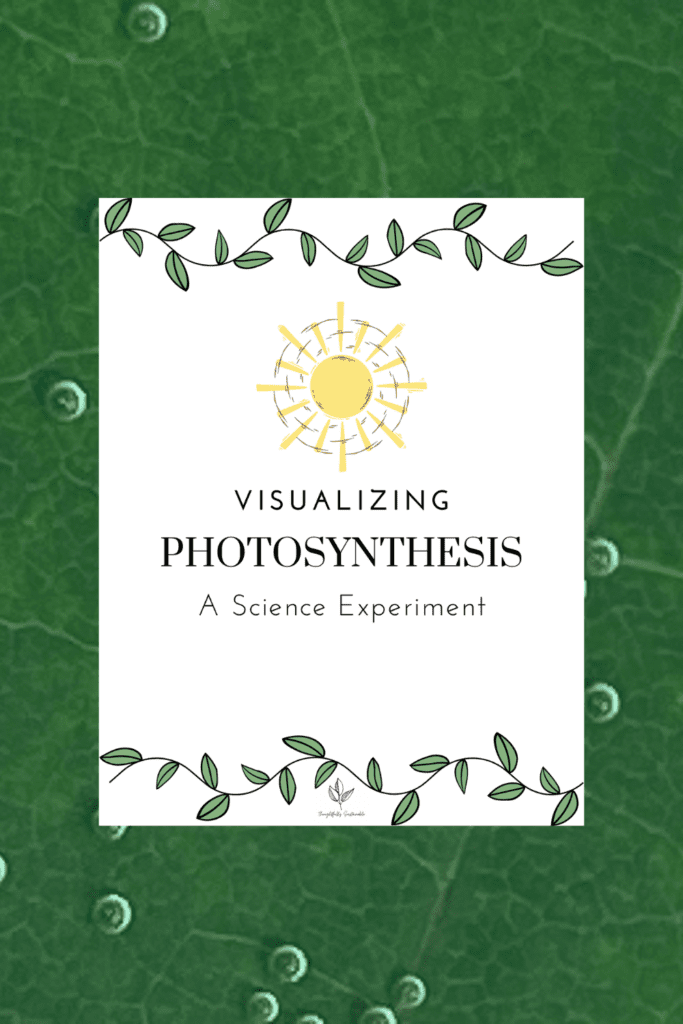

Free Visualizing Photosynthesis Science Experiment Printable
To help make this science experiment more meaningful, I’ve created a free printable that you can use to guide your students’ learning. The printable includes:
- Creation of a hypothesis
- Visual observations before and after the experiment
- Analysis and conclusion questions
To get your copy of this free printable, simply enter your name and email address below!
Materials Needed for Visualizing Photosynthesis Science Experiment
This simple science experiment requires very few materials and can be set up within minutes. Here are the supplies needed to conduct this visualizing photosynthesis science experiment.
- 5-7 freshly picked green leaves
- 5-7 small pebbles or other small objects to weigh down the leaves
- shallow dish or tray with sides
- water
- direct sunlight
- free printable “Visualizing Photosynthesis” student sheets
I have found that the results of this experiment are best when it is conducted outside with access to direct sunlight, as opposed to running the experiment inside in front of a window. However, if you have access to a greenhouse, or have old windows that are not double-paned, this experiment may do well indoors.
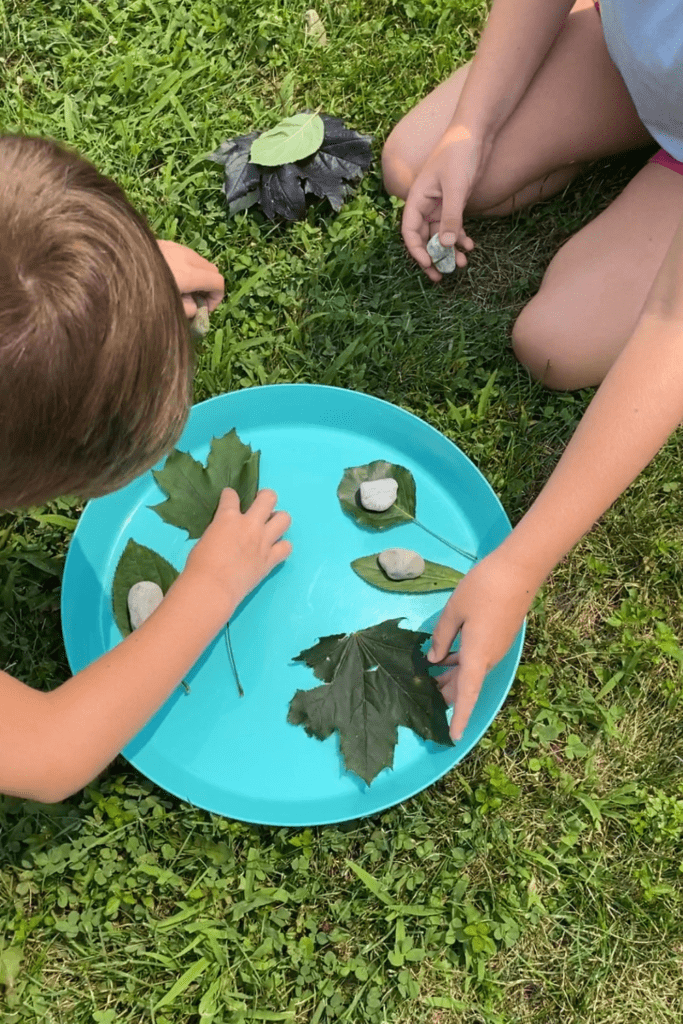

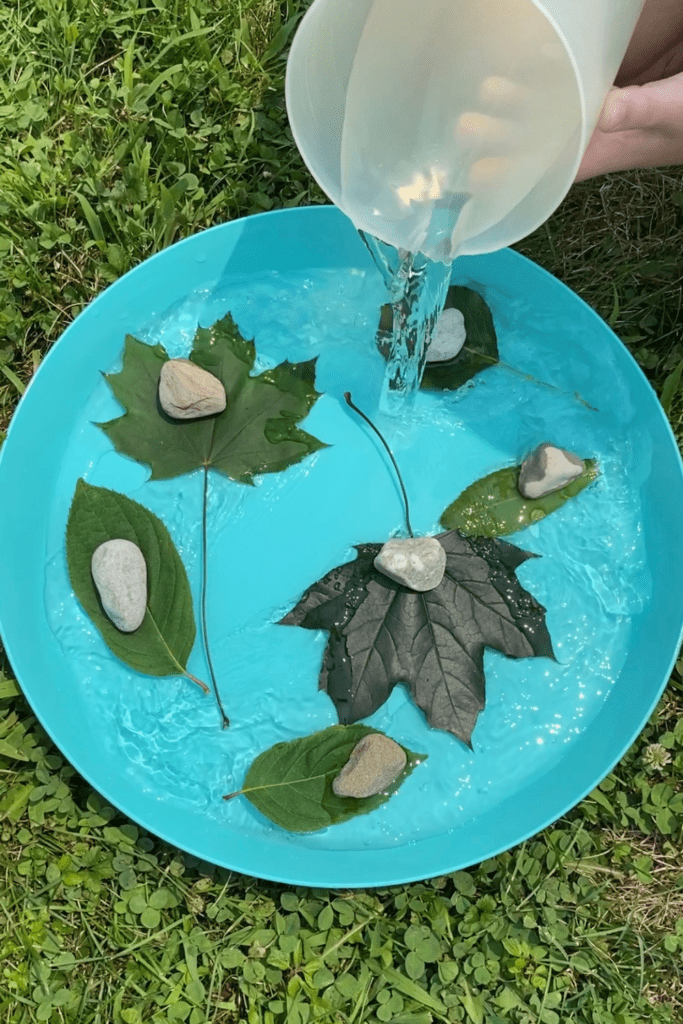

Instructions to Conduct the Visualizing Photosynthesis Science Experiment
The initial set-up of this science experiment is quite simple and, depending upon the time of year it is conducted, you may begin to see results within an hour.
- On the free printable provided, make a hypothesis about what you think will happen to the surface of the leaves when left undisturbed in direct sunlight for an hour.
- Place 5-7 freshly picked leaves face up in a shallow dish or tray.
- Position the dish in direct sunlight.
- Sketch one or two of the leaves chosen for your experiment.
- Place a small pebble on the center of each leaf. Be careful not to cover the entire leaf with your object, as sunlight needs to be able to reach the leaf.
- Pour enough water into the dish to just cover all of the leaves.
- Allow the leaves to sit undisturbed for an hour in direct sunlight.
- After an hour, observe the leaves.
- Create a second sketch of the leaves you chose at the beginning of the experiment, noting any differences that have occurred. Make sure to take a close look at the surface and edges of the leaves.
- If no changes have occurred, allow the leaves to sit undisturbed for another hour in direct sunlight, then reobserve.
- Answer the questions that are found on the visualizing photosynthesis printable.
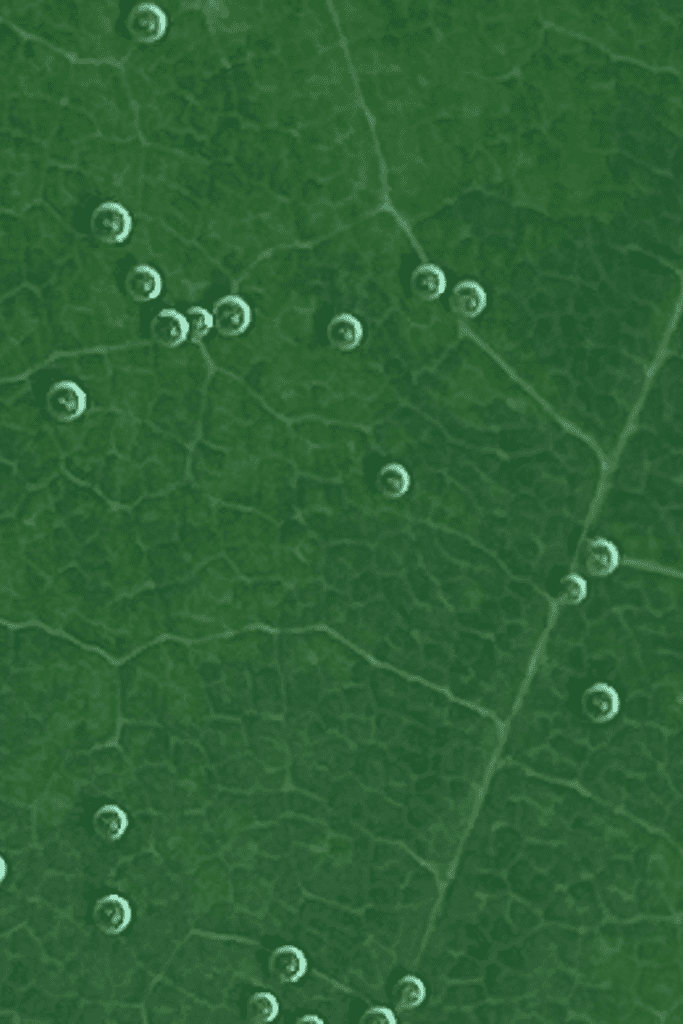

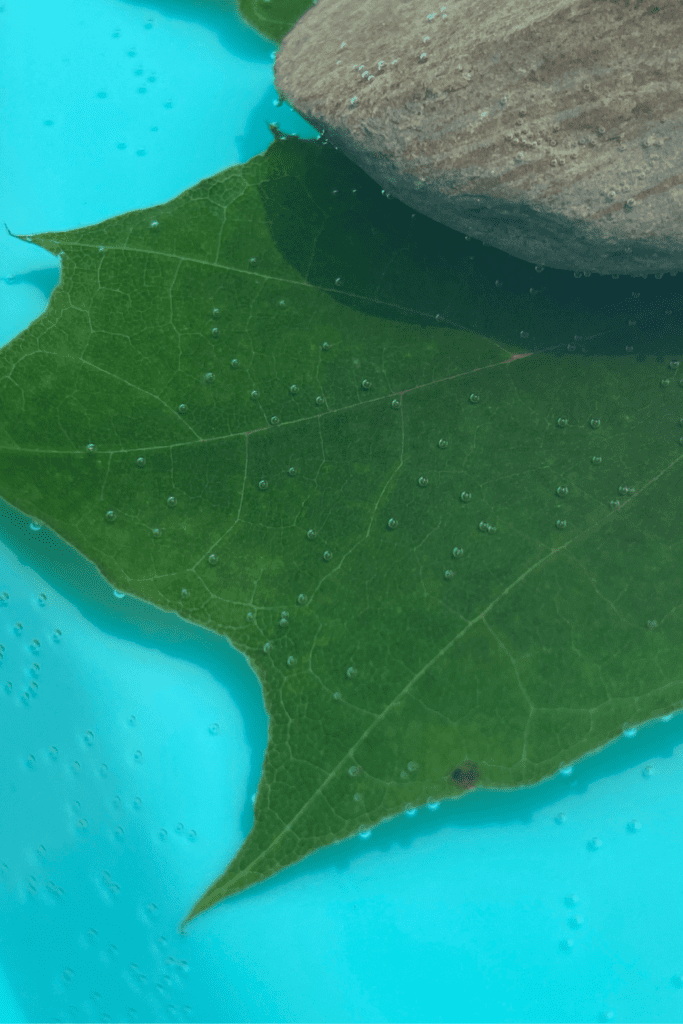

Typical Results of the Visualizing Photosynthesis Science Experiment
Once the leaves have sat undisturbed for one hour in direct sunlight, learners should see small bubbles form on the edges and tops of the leaves. These bubbles contain oxygen and are the direct result of photosynthesis. The purpose of the water in the experiment is to visualize the oxygen gas; without the water, the gas bubbles would not be trapped and would simply enter the air.
Be sure to have the students complete the questions on my free printable on their own or in small groups before discussing it as a class. It may be helpful to display the chemical equation for photosynthesis to remind students that the creation of oxygen gas is part of photosynthesis.
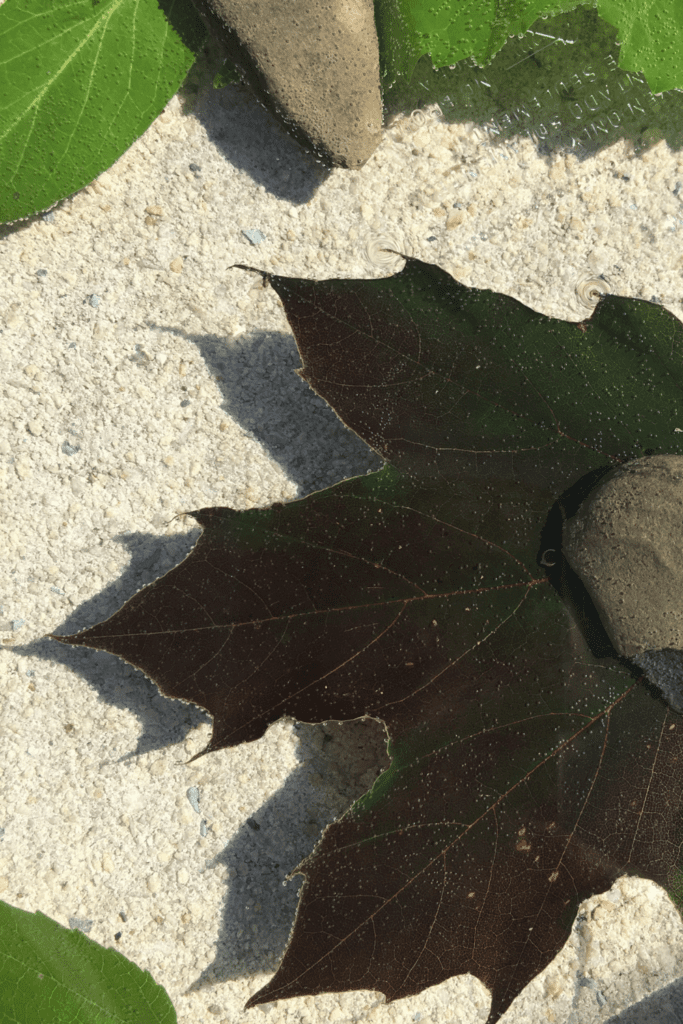

More Science Experiments About Plants
If you enjoyed this simple science experiment about plants, you may also like the following:
- How to Propagate Plants in Water with Kids
- How to Regrow Vegetables from Food Scraps
- How to Grow Your Own Popcorn
- Teaching Kids How to Grow Potatoes
How to Visualize Photosynthesis: A Science Experiment
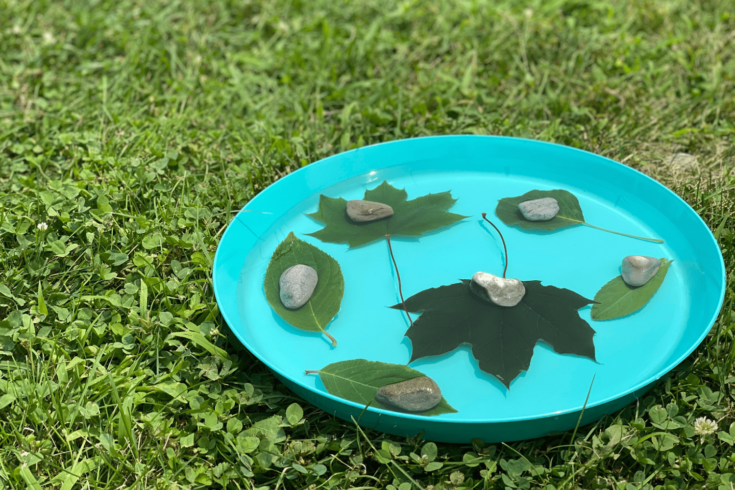

Looking for a science experiment that visualizes how photosynthesis works? Check out this simple outdoor science project that requires very few materials and can be done at home or school!
Materials
- 5-7 freshly picked green leaves
- 5-7 small pebbles or other small objects to weigh down the leaves
- shallow dish or tray with sides
- water
- direct sunlight
- free printable “Visualizing Photosynthesis” student sheets
Instructions
- On the free printable provided, make a hypothesis about what you think will happen to the surface of the leaves when left undisturbed in direct sunlight for an hour.
- Place 5-7 freshly picked leaves face up in a shallow dish or tray.
- Position the dish in direct sunlight.
- Sketch one or two of the leaves chosen for your experiment.
- Place a small pebble on the center of each leaf. Be careful not to cover the entire leaf with your object, as sunlight needs to be able to reach the leaf.
- Pour enough water into the dish to just cover all of the leaves.
- Allow the leaves to sit undisturbed for an hour in direct sunlight.
- After an hour, observe the leaves.
- Create a second sketch of the leaves you chose at the beginning of the experiment, noting any differences that have occurred. Make sure to take a close look at the surface and edges of the leaves.
- If no changes have occurred, allow the leaves to sit undisturbed for another hour in direct sunlight, then reobserve.
- Answer the questions that are found on the visualizing photosynthesis printable.
Notes
I have found that the results of this experiment are best when it is conducted outside with access to direct sunlight, as opposed to running the experiment inside in front of a window. However, if you have access to a greenhouse, or have old windows that are not double-paned, this experiment may do well indoors.
To download the free printable for this science experiment, click here.


